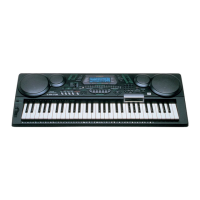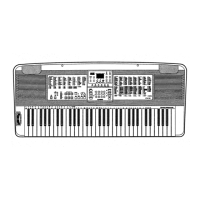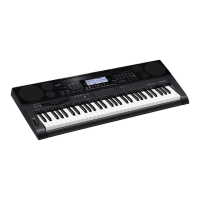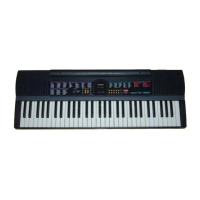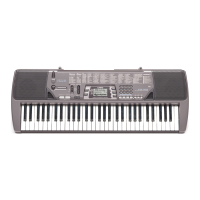How to fix a Casio CTK-7300IN Electronic Keyboard that won't turn on?
- JJacqueline GarzaAug 17, 2025
If your Casio Electronic Keyboard isn't turning on, check the AC adapter or ensure the batteries are correctly installed. If that doesn't work, try replacing the batteries or using the AC adapter. As a last resort, while holding down the R-2 ([B] E.PIANO) and R-5 ([E] STRINGS) buttons, press the L-1 (P) button to turn on power. Note that this will delete all data and reset the keyboard to its factory defaults.


